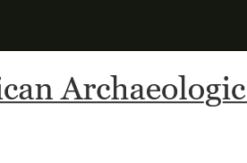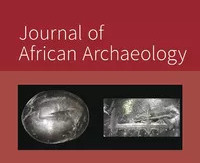C. Magnavita, Early Kanem-Borno fired brick élite locations in Kanem, Chad: archaeological and historical implications, in: Azania: Archaeological Research in Africa 56/1, 2021, 1-40.
Full Text | PDF Download
Abstract (source: Taylor & Francis online):
One of the most intriguing problems concerning the Kanem-Borno sultanate of the central Sahel between the eighth and nineteenth centuries AD concerns its early intra-African connections. Apart from historically documented linkages with North and parts of West Africa, were there trade and other contacts with eastern regions such as Darfur, the Middle Nile Valley and areas beyond prior to the fifteenth century? Addressing the results of recent archaeological field research conducted in Kanem, Chad, this paper lays the foundations of an answer to that and other pressing questions concerning Kanem-Borno. Because the region concerned is a virtual archaeological blank, the first and foremost goal of fieldwork was securely to identify and describe locations once related to the sultanate. Based on previous studies as well as various new surveys, test-excavations and radiometric dating, archaeological sites undoubtedly associated with early Kanem-Borno were located and preliminarily investigated. Those sites consist of the ruins of fired brick enclosures encompassing fired brick buildings or groups thereof dated to the eleventh to fourteenth centuries. Taking into account the construction materials used and newly available absolute dates, as well as historical data, it is assumed that these sites were élite localities very probably founded and occupied by members of what would become the Sayfuwa aristocracy and related groups.





